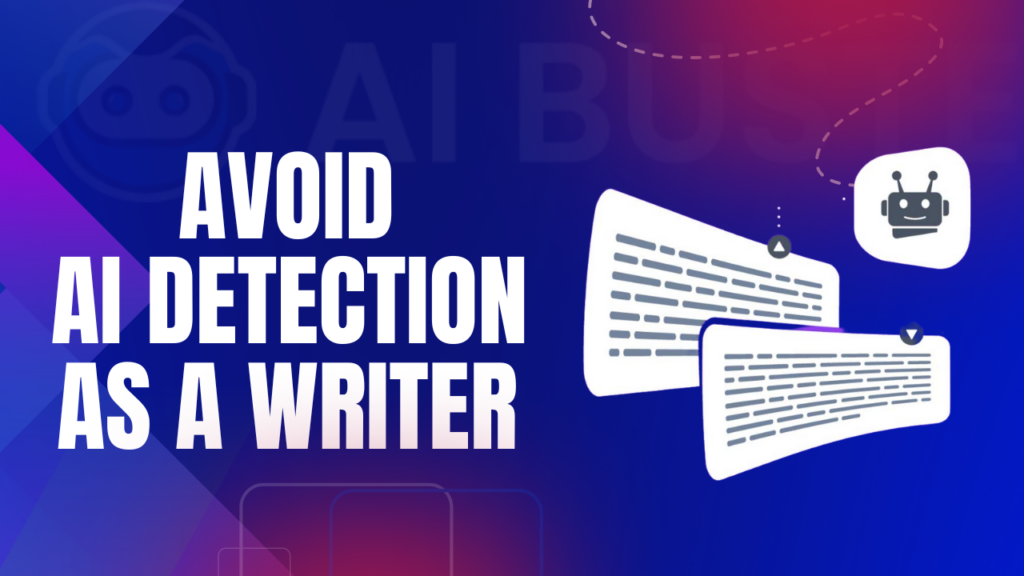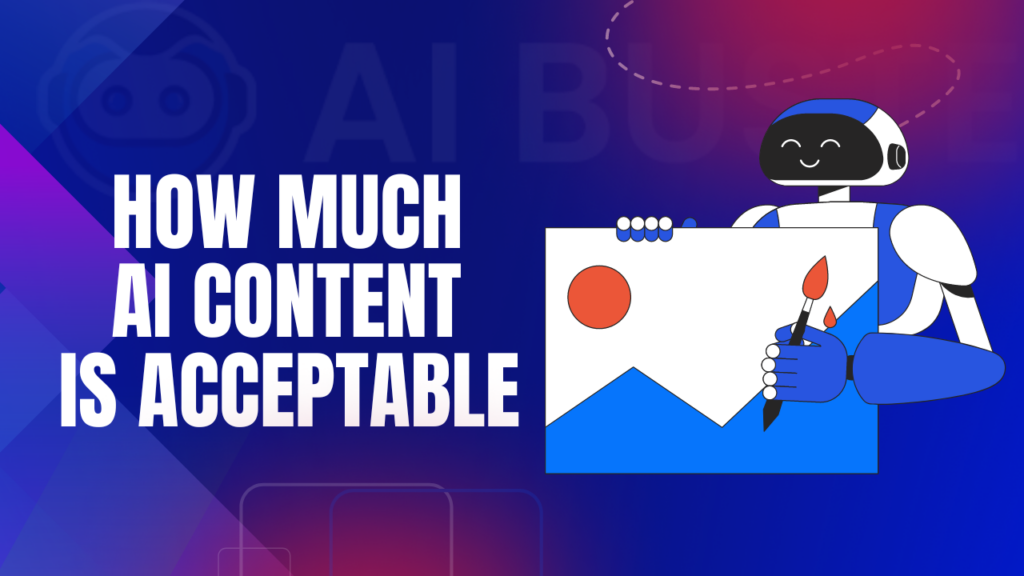AI is changing the creative landscape. Content marketers now use AI tools to craft various content types, like blog posts and product descriptions. However, there’s a catch – AI pulls information from the internet, and if you don’t fact-check the generated content, it could harm your reputation.
In 2024, over 10% of Americans stopped watching certain news outlets due to concerns about fake news. AI is not foolproof; it can sometimes present inaccurate information. To avoid contributing to online misinformation and protect your credibility, it’s crucial to verify AI-generated content.
Wondering how to fact-check content created by AI? Unsure where to start? This guide provides tips on double-checking your AI content for accuracy and avoiding factual errors.
Let’s hop in!
Why Is It Important to Fact-check AI Content?
Here are the two main reasons that make it essential to fact-checking AI content:
- Reputation: Your reputation as a writer or company is vital. Publishing misleading or false content harms your image, leading to missed opportunities and financial losses. A proper fact-checking process ensures 100% accuracy in your shared content.
- AI relies on its sources: AI tools use data, often from online sources, for training. The problem lies in the accuracy of this data, as AI can’t verify it. Additionally, AI, created by humans, might unknowingly adopt biases. Recognizing these limitations and potential inaccuracies is crucial for responsible content creation.
In short, human oversight and fact-checking are crucial to address the weaknesses of AI-generated content, ensuring reliability and credibility.

Things To Consider When Fact-checking AI content
When reviewing AI-generated content, focus on these aspects:
Don’t blindly follow cited sources; be a logical and discerning individual during the fact-checking process.
7 Steps Of Fact-Checking AI Generated Content
Fact-checking AI-generated content is similar to fact-checking any other type of content, but it requires some extra attention and caution.
Here are some steps and tips on how to fact-check AI-generated content effectively:
1. Understand the Context
Check the information to know why and how it was created. Think about what the AI-generated content is trying to say. Ensure it matches your brand’s voice and values before using it. Always align AI-generated content with your brand identity to maintain consistency and reliability.
2. Verify the Numbers and Facts
Examine the data, stats, and figures supporting the information. Are they trustworthy and sourced from credible places? Ensure they’re accurate and current. Check if any biases may have impacted the AI-generated content. Always provide citations or links to reliable sources when AI content includes data.
Using numbers effectively strengthens your argument. Review AI-written content to find places where statistics and data could enhance engagement and overall improvement.
3. Double-check Info From Different Sources
Make sure the details in the AI content are accurate. Instead of just confirming it from one source, compare it with various reliable sources. First, identify all the “facts” in the article. Look for things like claims, stats, conclusions, numbers, names of people or places, dates, quotes, historical details, and news sources.
Now, search each “fact” on Google and compare the info from different places. Only trust the information from authoritative and trustworthy sources to ensure the AI-generated content is correct.
4. Check Claims with Fact-Checking Tools
Verify the claims made by AI-generated content. Be critical and identify biased statements. Ensure claims are backed by evidence from reliable sources and align with other information on the same topic.
Save time and streamline fact-checking by using automated tools. Platforms like Bing Chat provide quick answers. On the other hand, advanced tools such as Google Fact Check Explorer, Claimbuster, and Microsoft’s Natural Language Processing (NLP), offer cutting-edge fact-checking options.
This way, you can efficiently verify information without spending hours manually checking every claim made by the AI tool.
5. Check when it was published
Another important thing to check is when the article was first published, it means the original publish date. Whenever possible, look for a newer or more recent study or version of the article, as using old information can lead to problems.
Details from a long time ago might not be correct anymore due to advancements in technology, testing, or changes in the field or industry. Relying on outdated sources might make you seem lazy or unaware of more recent and relevant information, harming your reputation.
While you can check the search engine results page for the publication date, it may not always be accurate, as the content could have been updated.
6. Mention Original Source
When you gather info, it’s often found in a popular article online. In content writing, it’s smart to credit the original source if you use facts that aren’t common knowledge.
Citing the original study ensures accuracy and allows readers to verify the data. Ever read a blog, fact-checked its source, and found they didn’t match?
Checking the source helps your content stay accurate. For medical content, trust sources like PubMed or NIH for reliable information.
7. Sort Facts from Opinions
When handling AI-generated content, review the article to ensure facts are presented with evidence from reliable sources, and opinions or myths are not mistakenly portrayed as facts.
Failing to distinguish between facts and opinions spreads misinformation, harming your credibility and relationship with your audience. Opinions can easily be misconstrued as facts, so scrutinize and question statements before accepting them as true.
Even experts may misinterpret facts without sufficient data to verify the truth. Using facts from census or surveys can help confirm the accuracy of information. For instance, while many believe a goldfish has a three-second memory span, fact-checking reveals they can remember for weeks or months, debunking the myth.
Dodge The Fact-Checking Stress With AI Buster
Upgrade your content creation with AI Buster! Say goodbye to the hassle of fact-checking AI content separately. AI Buster ensures accurate and original citations, making your content creation stress-free. Elevate your writing experience and boost your productivity.
Switch to AI Buster today and enjoy the ease of generating reliable, fact-checked content effortlessly!
Conclusion
The future of AI writing tools is uncertain, but for now, it’s crucial to double-check AI-generated content thoroughly. Neglecting this step can harm your reputation, trustworthiness, and overall success because AI-generated text isn’t flawless.
AI tools rely on source material, lacking access to gated content and real-time data. Moreover, AI can sometimes provide inaccurate information. Take responsibility when creating AI-generated content for marketing by following these 7 fact-checking tips.
Don’t assume AI is infallible—your diligence is key in maintaining accuracy and credibility, surpassing the capabilities of AI alone.




